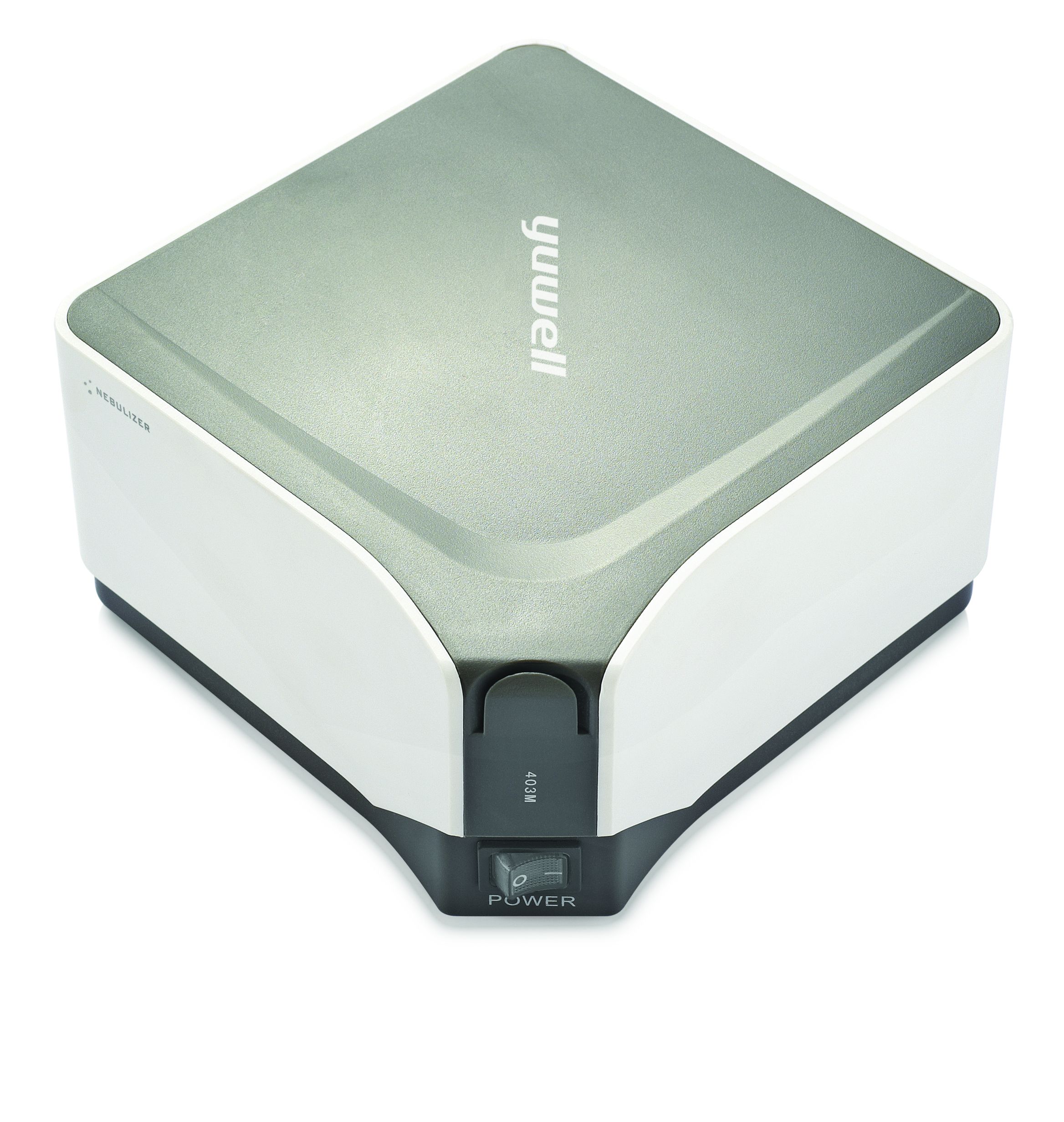

Recent months show us quite clearly that a good and proven inhaler is one of the medical devices that, apart from a pulse oximeter, blood pressure monitor and thermometer, must be in your home first aid kit.
Indications for inhalation
Inhalations are a recommended method of therapy and prevention of respiratory diseases. Simply put, inhalations are recommended for everyone who is struggling with inflammation of the respiratory tract, allergies, asthma and other tiring ailments accompanying practically every cold. Of course, I particularly mean cough and runny nose. Inhalations will also moisturize the dry mucosa - a condition known to those who stay in air-conditioned rooms.
When else?
- with infections of the upper and lower respiratory tract;
- with chronic rhinitis and pharyngitis;
- with colds;
- in bronchial diseases;
- after pneumonia;
- with allergies.
Inhalation is also a very effective method of fighting the effects of smog, which suffocates us every day, not allowing us to forget about itself and, in principle, it is impossible to protect against it. It is important to inhale regularly because only then the mucus accumulating from the respiratory tract is removed.
What is an inhaler?
An inhaler is a device designed to carry out inhalation therapy in non-hospital (home) conditions. The application of drugs and saline using this method is non-invasive and, most importantly, completely safe. Due to the fact that the drug substance quickly reaches the respiratory tract, it does not burden the stomach and thus reduces any risk of side effects.
Is a nebulizer the same as an inhaler?
In the scientific nomenclature, a nebulizer is understood to mean an aerosol delivery device. The nebuliser turns the liquid form of the drug (solution) to be nebulized into an aerosol (mist). There are many drugs, either in the form of ready-to-use capsules or in bottles, where the amount of the drug is measured in drops (20 drops = 1 ml). In Poland, the nebulizer is called an inhaler (pneumatic, ultrasonic, mesh), but it must be remembered that the inhaler is a broader concept, because there are also powder inhalers, pressure inhalers, which are not nebulizers. Not every inhaler is a nebulizer, but every nebulizer is an inhaler.
What to look for when buying an inhaler?
The most important parameter that should be followed when choosing an inhaler is the average size of particles in the aerosol produced by the inhaler. Thanks to this data, we can evaluate the effectiveness of nebulizer therapy. MMAD is one of the most important parameters characterizing the inhaler. The size of the particles formed in the nebulization process determines the place where they will settle best, i.e. where they will be most absorbed. The particle diameter should be:
- greater than 10 micrometers (for the upper respiratory tract);
- less than 5 microns (for the lower respiratory tract);
Why is it so important?
-particles from 10 to 7 µm - tend to settle in the nasopharynx;
- particles with a size from 6 to 4 µm - most of them settle in the zone of the trachea and bronchi;
- particles with a size from 3 to 1 µm - they settle in the lungs and alveoli;
- particles <1 µm in size - they can remain suspended in the air and be exhaled.
The greater the percentage of particles smaller than 5 µm, the more effective the inhaler is. It is not complicated at all. The inhaled particles should be small enough to be airborne and large enough to settle on the surface of the lungs and bronchi. This percentage of particles is called the respiratory or respirable fraction.
Contraindications to the use of inhalation
Inhalations are not for everyone and the contraindications are:
- bleeding from the respiratory tract,
- chronic, severe respiratory diseases (cancer, tuberculosis),
- severe heart failure,
- acute inflammation of the larynx, nose and throat,
- purulent inflammation of the tonsils and sinuses.
The inhaler is an equipment that we buy for years, so when buying, it is worth making sure that the product you intend to buy is a medical device and that it has all the necessary documents, including a declaration of conformity and a CE certificate. It is also worth paying attention to whether it has additional elements, such as a mouthpiece, masks of different sizes, and whether the masks fit tightly to the face. Among the important parameters is also the mode of operation of the inhaler. Depending on how we will use it, it should be adapted to continuous operation or to work with breaks. Finally, it is worth paying attention to the noise level that the device emits. The recommendations make it clear that the inhalation volume should not exceed 60dB.